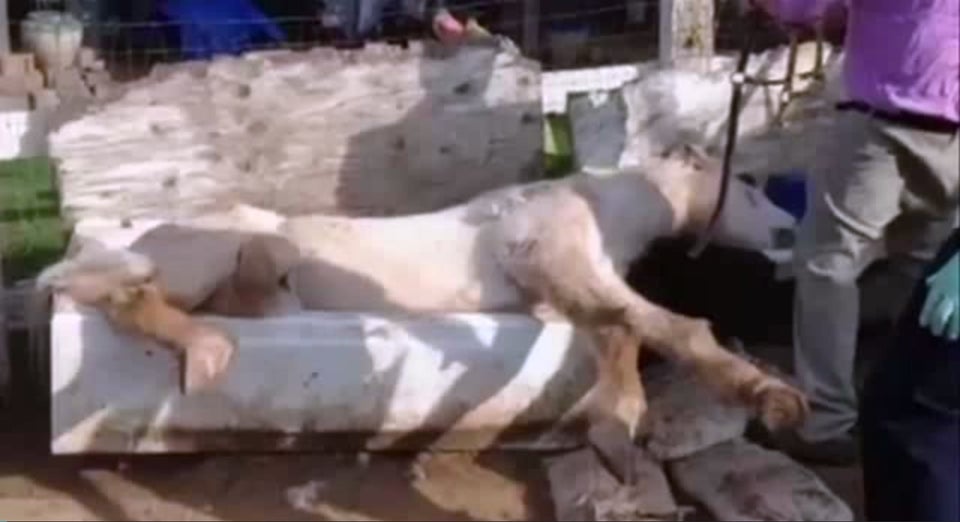When a large, dead ocean mammal washes ashore, removing it can be a whale of a problem.
Not only are the creatures huge and heavy, but they contain all sorts of toxic gases that, in the wrong situation, can be dangerous, according to biologist Adam Ruben, who analyzed the removal of a whale from a Netherlands beach for “Outrageous Acts Of Science," a Science Channel series debuting April 20.
"This whale, before it died, ate a lot of things, it ate a lot of other creatures and those creatures started to putrefy in its stomach and released a lot of gases when they did," he said. "And so this whale has a tremendous build up of gas."
That is something that has to be taken into account by the people entrusted with removing the whale, which measures 52 feet long and weighs around 40 tons.
The animal's immense size means it has to be cut up into smaller chunks, and that's when the dangers of the whale exploding are most likely, according to nuclear chemist Alistair Linstell.
"There’s going to be three gases that are going to be coming out of this whale that are not going to be nice," he said. "You’re going to have methane, which is basically farts; hydrogen sulphide, which is rotten eggs; and you’re going to have
ammonia, which smells a lot like cat pee."
In this case, workers needed to work a week under stressful olfactory conditions to remove the whale carcass in its entirety. The bones are now on display in a nearby museum.

